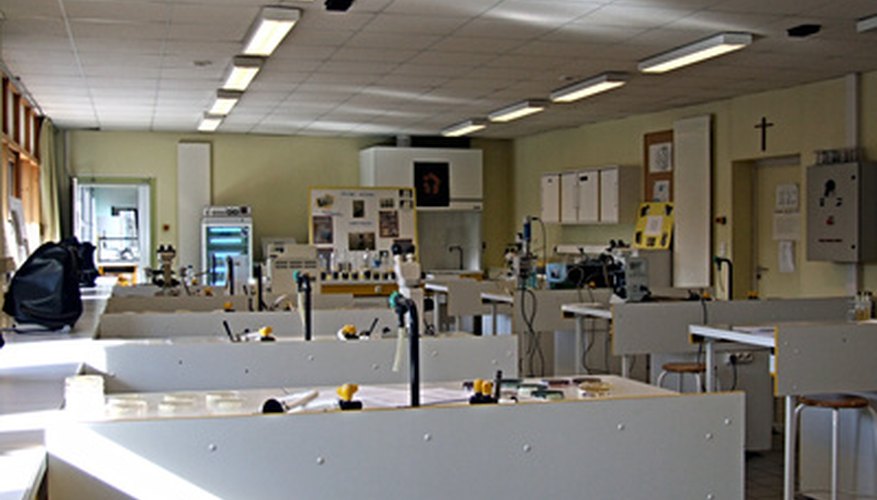High performance liquid chromatography, or HPLC, is commonly known analysis technique often employed in the world of chemistry and biochemistry. Used to identify and separate compounds, HPLC equipment is much more advanced than other forms of column chromatography. Understanding the advantages and disadvantages helps scientists to appreciate the intricate workings of HPLC.
- High performance liquid chromatography, or HPLC, is commonly known analysis technique often employed in the world of chemistry and biochemistry.
- Used to identify and separate compounds, HPLC equipment is much more advanced than other forms of column chromatography.
Quick Results
HPLC, a modern tool used to separate compounds based on their polarity, works much quicker than its predecessors. Traditional column chromatography methods rely on the work of gravity to separate compounds. With the advent of HPLC, compounds can be separated using a pressure pump that forces compounds to separate extremely quickly--normally within a few minutes.
High-Resolution Results
Because HPLC works through the use of a pump that produces high pressures, the compounds are well separated and easy to read--meaning that they have a high resolution. Other separation methods that rely on gravity often result in low separation or lack of separation in some cases---making reading results difficult.
Expensive Technology
The cost of HPLC is far more expensive than its predecessors. Therefore, if you're working at a research facility or laboratory that has low funding, you may find HPLC equipment difficult to purchase.
Complexity
Operating an HPLC machine requires training to ensure it is performed correctly. Since this machinery is complex, false results are a common occurrence when not operated correctly.
Low Sensitivity
For certain compounds, HPLC is known to not be extremely sensitive, often resulting in a misreading. This is due to the speed at which the process occurs.
